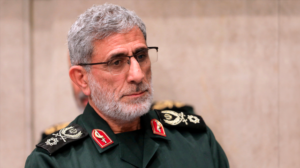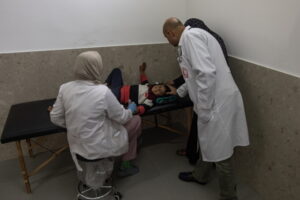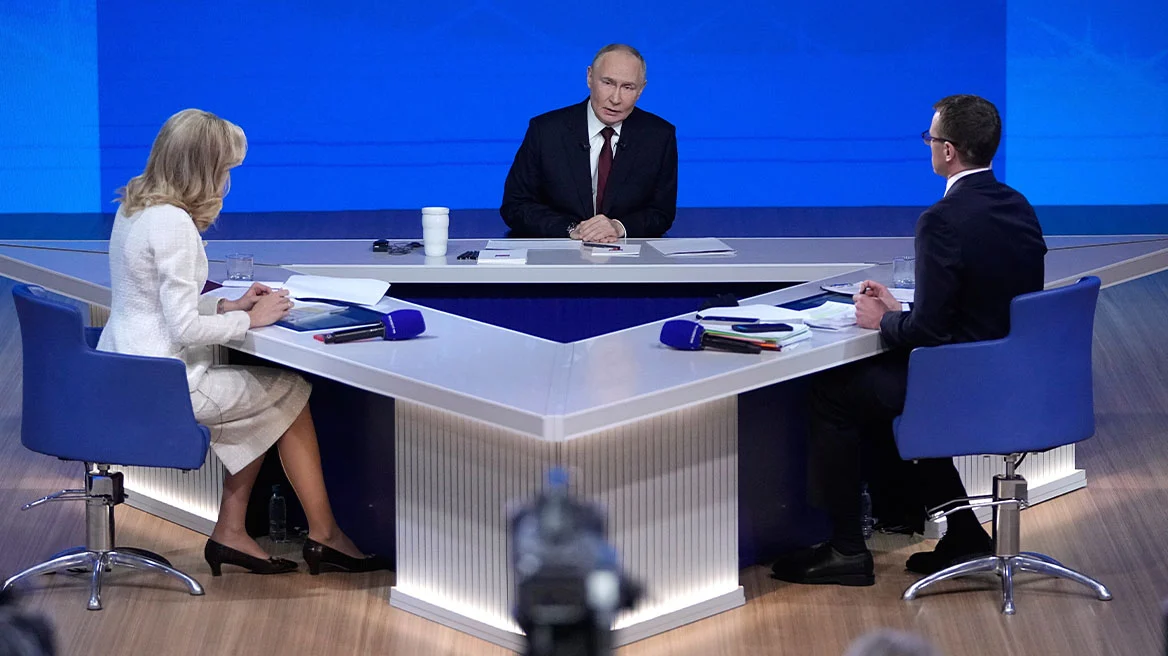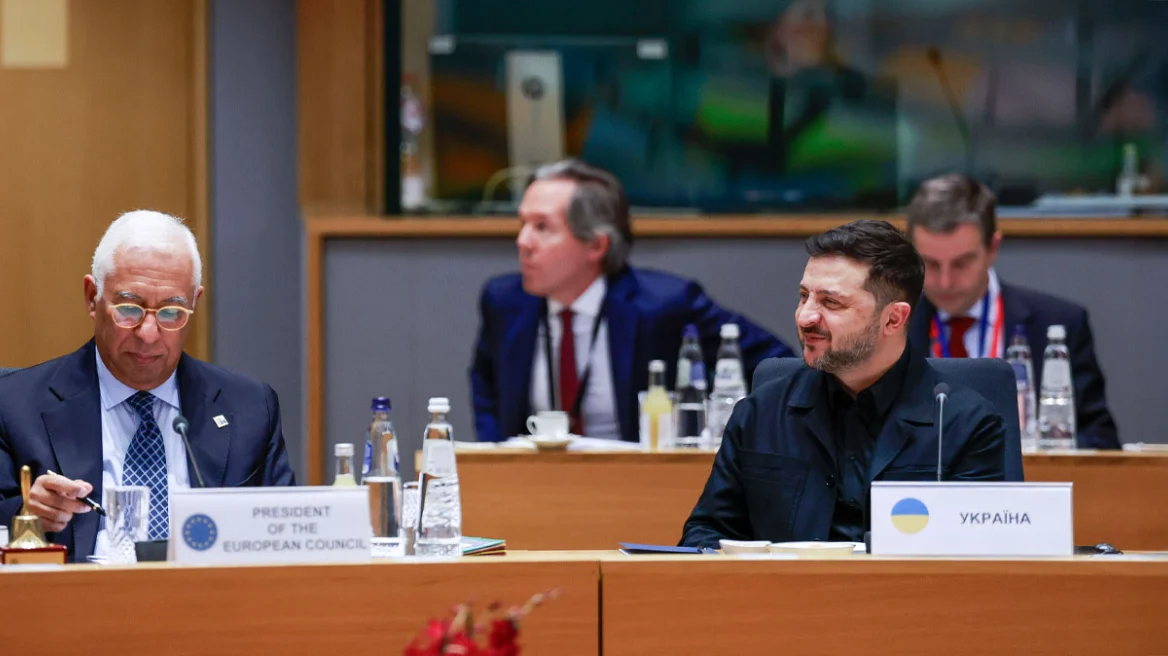Iranian state television today featured a man who appeared to be the high-ranking commander of Iran’s Quds Force, Ismail Qaani, in a ceremony for a Revolutionary Guards of Iran commander killed in Lebanon.
After emerging unscathed from a recent attack by Israeli fighters in Beirut and returning to Tehran, Qaani is being investigated by the theocratic regime for suspected collaboration with Israel in the assassination of Hasan Nasrallah and Ismail Haniyah.
According to Iranian media reports, the Iranian commander collapsed last Friday during interrogation and was first taken with symptoms of cardiac arrest to a hospital and then to his home where he remains under guard.
Ismail Qaani first came to public attention in the West in 2020, when he was chosen to replace Qassem Soleimani, who was killed by a US drone outside Baghdad airport.
How much chance is there that he could be this critical Mossad informant?
There are two birth certificate records for Qaani. The first says he was born in the city of Mashhad, in the east of Iran in 1959, while the second says he was born in the north of the country, in Bejnour, in 1957. Details about his marital status, his education and his career within the Revolutionary Guards are scarce, and only that he is the father of a boy was leaked when he was in the highest ranks of the elite Iranian military.
It is also questionable enough that in Iran’s official archives, which include biographies for top military and regime leaders, which abound with references to the individual’s participation in the 1979 revolution, there is not a single mention of Ismail Qaani.
The meeting with Khamenei
Qaani, in a rare “autobiographical” interview he gave in 2015 to the Ramz-e Obour newspaper five years before he took over from Qassem Soleimani, had admitted that his own contribution to the events of 1979 was not significant. “I was present like the rest of the world,” he had said, adding that he had not immediately joined the Revolutionary Guards, but a year later, in 1980, he had joined the small group in Khorasan.
It was during this period of his life that Qaani would come into contact with Ali Khamenei. Khamenei was then a member of the religious committee of this particular group and Qaani a mere soldier, but later the two would meet again at the highest levels of the country’s administration. Kaani would undergo special training and later join the Revolutionary Guards, moving up the ladder of the hierarchy with speed.
In 1982, Qaani met up with his long-time comrade in the Revolutionary Guards Kassem Soleimani. In the 2015 interview, Qaani notes: “We were all children of war. What united us was this treaty, not religion or origin. We fought side by side and that made us friends.”
His military “resume” is impressive. He took part in some of the most important operations of the Revolutionary Guards in the 1980s, such as that of Asura, in which the Corps captured the strategically important Fasil and Garkoni hills in 1984. It is on this successful military career that the close relationship between Qaani and Khamenei will be built.
Ka’ani would soon after the end of the war also assume his first major position of responsibility in the Revolutionary Guards as deputy leader of the organization. From this position, he played a major role in the conflict with the Taliban in Afghanistan in the 1990s, as well as in drug cartel clearance operations from the same region. It is these operations that will reunite the two comrades-in-arms who will find themselves in common space again after the battlefields. Soleimani and Qaani are now moving together within the top echelons of the Revolutionary Guards. Over five years from 2000 to 2005, the two friends would rise to the top positions in the Quds, with Soleimani eventually being chosen as the leader and Qaani becoming his right-hand man.
In hospital
Soleymani’s death in 2020 would anoint Qaani as his immediate successor but, in essence, the void of the man who “built” for Iran the “Axis of Revolution” from Tehran to Damascus and from Beirut to Gaza was never filled. Qaani was never able to gain the respect within the Revolutionary Guards that his comrade-in-arms and friend enjoyed, and the first “whispers” of close contacts with Israel and the Mossad were heard.
In order to reduce tension within the Revolutionary Guards, Qaani did not hesitate to proceed with not one but two internal “cleansing” of the organization, raising even greater questions, which in the last two years have even reached the ears of the supreme religious leader.
After the death of Nasrallah, with whom he had very close relations, Qaani decided to be in Beirut in order to show in practice that Iran would not leave its closest partner in the region at the mercy of Israeli strikes. Qaani’s arrival in Lebanon took place under extreme secrecy and the meeting between the head of the Revolutionary Guards and Nasrallah’s successor was a top secret for Tehran.
Moreover, it was one of the most crucial meetings for both Iran and Hezbollah, as the future of the organization now hangs in the balance. Ultimately, this particular meeting also ended with Nasrallah’s successor, Safedin, dead and himself missing for days… When Qaani gave signs of life he was urgently asked to return to Tehran. When he did, he was arrested and the interrogations he went through brought him to a hospital ward.
Now the very organization that Qaani served for decades accuses him of being a spy for Israel. Among the charges they accuse him of is even leaking the location of Ismail Haniyeh, whom Tel Aviv blew up last July in the heart of Tehran.
Whether Qaani is a spy or a “scapegoat” for Tehran will be seen in the developments. But the fact is that Tel Aviv, even if it does not kill the leaderships of its enemies itself, has a way to withdraw them from the front against it.
Ask me anything
Explore related questions





